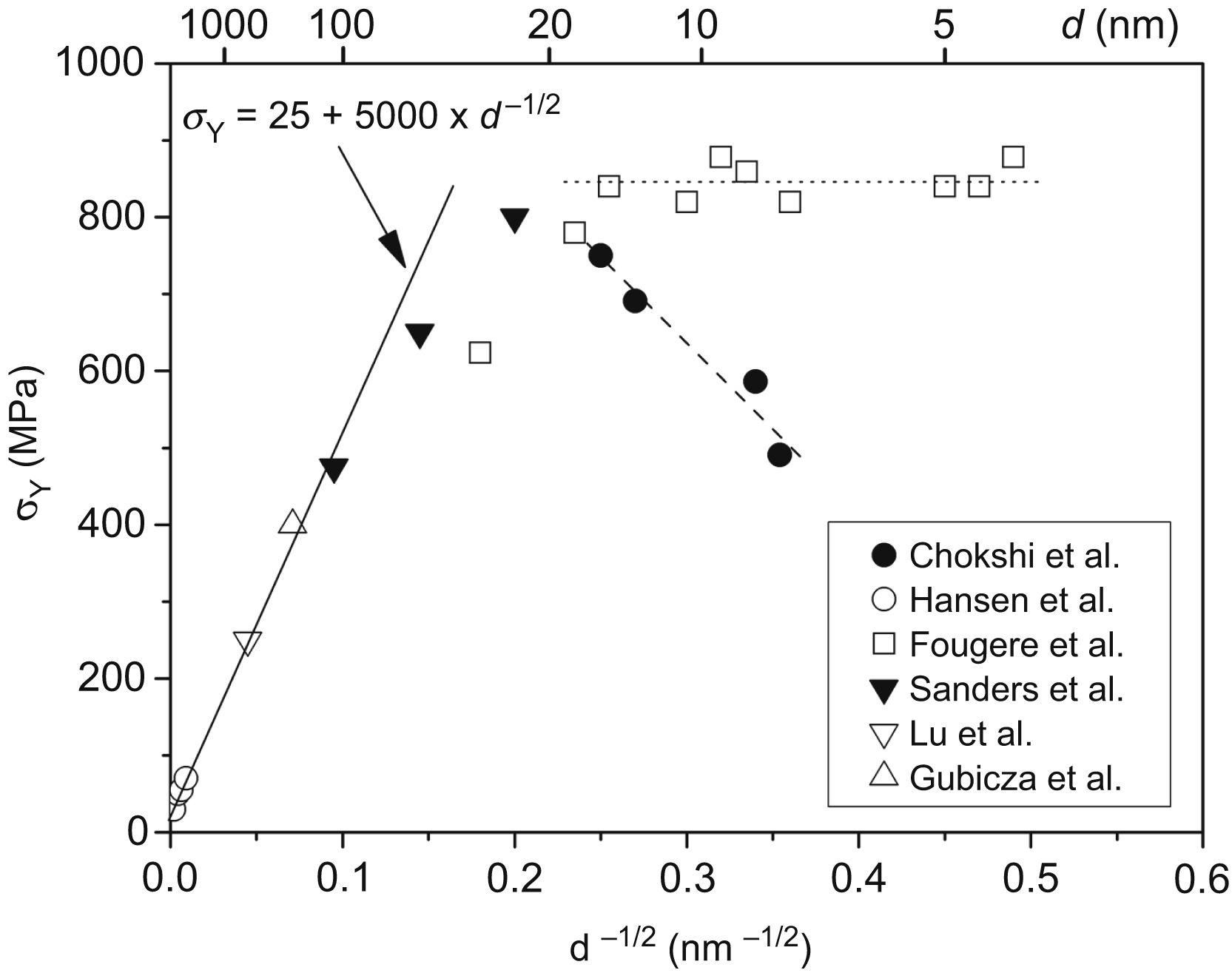[1] Yamakov V, Wolf D, Salazar M, Phillpot S.R, Gleiter H. Length-scale effects in the nucleation of extended dislocations in nanocrystalline Al by molecular-dynamics simulation. Acta Materialia. 2001;49:2713–2722.
[2] Van Swygenhoven H. Grain boundaries and dislocations. Science. 2002;296:66–67.
[3] Yamakov V, Wolf D, Phillpot S.R, Mukherjee A.K, Gleiter H. Dislocation processes in the deformation of nanocrystalline aluminium by molecular-dynamics simulation. Nature Materials. 2002;1:1–4. .
[4] Liao X.Z, Zhao Y.H, Srinivasan S.G, Zhu Y.T, Valiev R.Z, Gunderov D.V. Deformation twinning in nanocrystalline copper at room temperature and low strain rate. Applied Physics Letters. 2004;84:592–594.
[5] Liao X.Z, Zhou F, Lavernia E.J, Srinivasan S.G, Baskes M.I, He D.W, Zhu Y.T. Deformation mechanism in nanocrystalline Al: partial dislocation slip. Applied Physics Letters. 2003;83:632–634.
[6] Zhu Y.T, Liao X.Z. Nanostructured metals: retaining ductility. Nature Materials. 2004;3:351–352.
[7] Froseth A.G, Derlet P.M, Van Swygenhoven H. Dislocations emitted from nanocrystalline grain boundaries: nucleation and splitting distance. Acta Materialia. 2004;52:5863–5870.
[8] Zhu Y.T, Liao X.Z, Srinivasan S.G, Zhao Y.H, Baskes M.I. Formation mechanism of wide stacking faults in nanocrystalline Al. Applied Physics Letters. 2004;85:5049–5051.
[9] Zhu Y.T, Liao X.Z, Wu X.L. Deformation twinning in nanocrystalline materials. Progress in Materials Science. 2012;57:1–62.
[10] Balogh L, Figueiredo R.B, Ungár T, Langdon T.G. The contributions of grain size, dislocation density and twinning to the strength of a magnesium alloy processed by ECAP. Materials Science and Engineering A. 2010;528:533–538.
[11] Galiyev A, Kaibyshev R, Gottstein G. Correlation of plastic deformation and dynamic recrystallization in magnesium alloy ZK60. Acta Materialia. 2001;49:1199–1207.
[12] Wu X.L, Youssef K.M, Koch C.C, Mathaudhu S.N, Kecskés L.J, Zhu Y.T. Deformation twinning in a nanocrystalline hcp Mg alloy. Scripta Materialia. 2011;64:213–216.
[13] Ashby M.F, Verall R.A. Diffusion-accommodated flow and superplasticity. Acta Metallurgica. 1973;21:149–163.
[14] Yavari P, Langdon T.G. Cavitation in high purity aluminium during fatigue at elevated temperatures. Journal of Materials Science Letters. 1983;2:522–524.
[15] Chinh N.Q, Szommer P, Horita Z, Langdon T.G. Experimental evidence for grain-boundary sliding in ultrafine-grained aluminum processed by severe plastic deformation. Advanced Materials. 2006;18:34–39.
[16] Chinh N.Q, Gubicza J, Langdon T.G. Characteristics of face-centered cubic metals processed by equal-channel angular pressing. Journal of Materials Science. 2007;42:1594–1605.
[17] Vinogradov A, Hashimoto S, Patlan V, Kitagawa K. Atomic force microscopic study on surface morphology of ultra-fine grained materials after tensile testing. Materials Science and Engineering A. 2001;319–321:862.
[18] Huang Y, Langdon T.G. Using atomic force microscopy to evaluate the development of mesoscopic shear planes in materials processed by severe plastic deformation. Materials Science and Engineering A. 2003;358:114–121.
[19] Yu C.Y, Sun P.L, Kao P.W, Chang C.P. Mechanical properties of submicron-grained aluminum. Scripta Materialia. 2005;52:359–365.
[20] Van Swygenhoven H, Caro A. Plastic behavior of nanophase Ni: a molecular dynamics computer simulation. Applied Physics Letters. 1997;71:1652.
[21] Schiotz J, Di Tolla F.D, Jacobsen K.W. Softening of nanocrystalline metals at very small grain sizes. Nature. 1998;391:561.
[22] Jia D, Wang Y.M, Ramesh K.T, Ma E, Zhu Y.T, Valiev R.Z. Deformation behavior and plastic instabilities of ultrafine-grained titanium. Applied Physics Letters. 2001;79:611–613.
[23] Meyers M.A, Mishra A, Benson D.J. Mechanical properties of nanocrystalline materials. Progress in Materials Science. 2006;51:427–556.
[24] Hall E.O. The deformation and ageing of mild steel: III discussion of results. Proceedings of the Physical Society London B. 1951;64:747–753.
[25] Petch N.J. The cleavage strength of polycrystals. Journal of the Iron and Steel Institute. 1953;174:25–28.
[26] Hansen N, Ralph R. The strain and grain size dependence of the flow stress of copper. Acta Metallurgica. 1982;30:411–417.
[27] Chokshi A.H, Rosen A, Karch J, Gleiter H. On the validity of the Hall–Petch relationship in nanocrystalline materials. Scripta Metallurgica. 1989;23:1679–1684. .
[28] Fougere G.E, Weertman J.R, Siegel R.W, Kim S. Grain-size dependent hardening and softening of nanocrystalline Cu and Pd. Scripta Metallurgica et Materialia. 1992;26:1879–1883.
[29] Sanders P.G, Youngdahl C.J, Weertman J.R. The strength of nanocrystalline metals with and without flaws. Materials Science and Engineering A. 1997;234–236:77–82.
[30] Lu L, Schwaiger R, Shan Z.W, Dao M, Lu K, Suresh S. Nano-sized twins induce high rate sensitivity of flow stress in pure copper. Acta Materialia. 2005;53:2169–2179.
[31] Gubicza J, Chinh N.Q, Lábár J.L, Dobatkin S, Hegedűs Z, Langdon T.G. Correlation between microstructure and mechanical properties of severely deformed metals. Journal of Alloys and Compounds. 2009;483:271–274.
[32] Lian J, Baudelet B, Nazarov A.A. Model for the prediction of the mechanical behaviour of nanocrystalline materials. Materials Science and Engineering A. 1993;172:23–29.
[33] Estrin Y, Kim H.S, Nabarro F.R.N. A comment on the role of Frank–Read sources in plasticity of nanomaterials. Acta Materialia. 2007;55:6401–6407.
[34] Nieh T, Wadsworth J. High-strain-rate superplasticity in aluminum matrix composites. Scripta Metallurgica et Materialia. 1991;25:955–958.
[35] Meyers M.A, Mishra A, Benson D.J. The deformation physics of nanocrystalline metals: experiments, analysis, and computations. Journal of the Minerals, Metals and Materials Society. 2006;58:41–48.
[36] Pande C.S, Cooper K.P. Nanomechanics of Hall–Petch relationship in nanocrystalline materials. Progress in Materials Science. 2009;54:689–706.
[37] Schiotz J, Jacobsen K.W. A maximum in the strength of nanocrystalline copper. Science. 2003;301:1357–1359.
[38] Edalati K, Horita Z. Significance of homologous temperature in softening behavior and grain size of pure metals processed by high-pressure torsion. Materials Science and Engineering A. 2011;528:7514–7523.
[39] Chinh N.Q, Jenei P, Gubicza J, Bobruk E.V, Valiev R.Z, Langdon T.G. Influence of Zn content on the microstructure and mechanical performance of ultrafine-grained Al-Zn alloys processed by high-pressure torsion. Materials Letters. 2017;186:334–337.
[40] Alhamidi A, Edalati K, Horita Z, Hirosawa S, Matsuda K, Terada D. Softening by severe plastic deformation and hardening by annealing of aluminum–zinc alloy: significance of elemental and spinodal decompositions. Materials Science and Engineering A. 2014;610:17–27.
[41] Chinh N.Q, Valiev R.Z, Sauvage X, Varga G, Havancsák K, Kawasaki M, Straumal B.B, Langdon T.G. Grain boundary phenomena in an ultrafine-grained Al–Zn alloy with improved mechanical behavior for micro-devices. Advanced Engineering Materials. 2014;16:1000–1009.
[42] Gubicza J, Chinh N.Q, Horita Z, Langdon T.G. Effect of Mg addition on microstructure and mechanical properties of aluminum. Materials Science and Engineering A. 2004;387–389:55–59.
[43] Hughes D.A, Hansen N. Microstructure and strength of nickel at large strains. Acta Materialia. 2000;48:2985–3004.
[44] Gubicza J, Chinh N.Q, Krállics Gy, Schiller I, Ungár T. Microstructure of ultrafine-grained fcc metals produced by severe plastic deformation. Current Applied Physics. 2006;6:194–199.
[45] Gubicza J, Dobatkin S.V, Khosravi E, Kuznetsov A.A, Lábár J.L. Microstructural stability of Cu processed by different routes of severe plastic deformation. Materials Science and Engineering A. 2011;528:1828–1832.
[46] Gubicza J, Chinh N.Q, Lábár J.L, Hegedűs Z, Xu C, Langdon T.G. Microstructure and yield strength of severely deformed silver. Scripta Materialia. 2008;58:775–778.
[47] Balogh L, Ungár T, Zhao Y, Zhu Y.T, Horita Z, Xu C, Langdon T.G. Influence of stacking-fault energy on microstructural characteristics of ultrafine-grain copper and copper-zinc alloys. Acta Materialia. 2008;56:809–820.
[48] Gubicza J, Schiller I, Chinh N.Q, Illy J, Horita Z, Langdon T.G. The effect of severe plastic deformation on precipitation in supersaturated Al–Zn–Mg alloys. Materials Science and Engineering A. 2007;460–461:77–85.
[49] Hernandez Olivares F, Gil Sevillano J. A quantitative assessment of forest-hardening in FCC metals. Acta Metallurgica. 1987;35:631–641. .
[50] Schafler E, Simon K, Bernstorff S, Hanák P, Tichy G, Ungár T, Zehetbauer M.J. A second-order phase transformation of the dislocation structure during plastic deformation determined by in situ synchrotron X-ray diffraction. Acta Materialia. 2005;53:315–322.
[51] Kocks U.F. A statistical theory of flow stress and work-hardening. Philosophical Magazine. 1966;13:541–566.
[52] Chinh N.Q, Horváth G, Horita Z, Langdon T.G. A new constitutive relationship for the homogeneous deformation of metals over a wide range of strain. Acta Materialia. 2004;52:3555–3563.
[53] Tsuji N, Ito Y, Saito Y, Minamino Y. Strength and ductility of ultrafine grained aluminum and iron produced by ARB and annealing. Scripta Materialia. 2002;47:893–899.
[54] Xu C, Dixon W, Furukawa M, Horita Z, Langdon T.G. Developing superplasticity in a spraycast aluminum 7034 alloy through equal channel angular pressing. Materials Letters. 2003;57:3588–3592.
[55] Xu C, Furukawa M, Horita Z, Langdon T.G. Using ECAP to achieve grain refinement, precipitate fragmentation and high strain rate superplasticity in a spray-cast aluminum alloy. Acta Materialia. 2003;51:6139–6149.
[56] Xu C, Furukawa M, Horita Z, Langdon T.G. The evolution of homogeneity and grain refinement during equal-channel angular pressing: a model for grain refinement in ECAP. Acta Materialia. 2005;53:749–758.
[57] Dao M, Lu L, Asaro R.J, De Hosson J.T.M, Ma E. Toward a quantitative understanding of mechanical behavior of nanocrystalline metals. Acta Materialia. 2007;55:4041–4065.
[58] Asaro R.J, Suresh S. Mechanistic models for the activation volume and rate sensitivity in metals with nanocrystalline grains and nano-scale twins. Acta Materialia. 2005;53:3369–3382.
[59] Conrad H. Grain-size dependence of the flow stress of Cu from millimeters to nanometers. Metallurgical and Materials Transactions A. 2004;35:2681–2695.
[60] Duesbery M.S, Vitek V. Plastic anisotropy in bcc transition metals. Acta Materialia. 1998;46:1481–1492.
[61] Ngan A.H.W, Wen M. Atomistic simulations of Paidar–Pope–Vitek lock formation in Ni3Al. Computational Materials Science. 2002;23:139–145.
[62] Jia D, Ramesh K.T, Ma E. Effects of nanocrystalline and ultrafine grain sizes on constitutive behavior and shear bands in iron. Acta Materialia. 2003;51:3495–3509.
[63] Wang Y.M, Ma E. Three strategies to achieve uniform tensile deformation in a nanostructured metal. Acta Materialia. 2004;52:1699–1709.
[64] Dalla Torre F, Van Swygenhoven H, Victoria M. Nanocrystalline electrodeposited Ni: microstructure and tensile properties. Acta Materialia. 2002;50:3957–3970.
[65] Gu C, Lian J, Jiang Z, Jiang Q. High corrosion resistance nanocrystalline Ni coating on AZ91D magnesium alloy. Scripta Materialia. 2006;54:579–584.
[66] Bui Q.H, Dirras G, Ramtani S, Gubicza J. On the strengthening behavior of ultrafine-grained nickel processed from nanopowders. Materials Science and Engineering A. 2010;527:3227–3235.
[67] Wei Q, Jiao T, Ramesh K.T, Ma E, Kecskes L.J, Magness L, Dowding R, Kazykhanov V.U, Valiev R.Z. Mechanical behavior and dynamic failure of high-strength ultrafine grained tungsten under uniaxial compression. Acta Materialia. 2006;54:77–87.
[68] Ma E. Eight routes to improve the tensile ductility of bulk nanostructured metals and alloys. Journal of the Minerals, Metals and Materials Society. 2006;58:49–53.
[69] Ahn B, Lavernia E.J, Nutt S.R. Dynamic observations of deformation in an ultrafine-grained Al–Mg alloy with bimodal grain structure. Journal of Materials Science. 2008;43:7403–7408.
[70] Wang Y, Chen M, Zhou F, Ma E. High tensile ductility in a nanostructured metal. Nature. 2002;419:912–915.
[71] Zhao Y.H, Topping T, Bingert J.F, Thornton J.J, Dangelewicz A.M, Li Y, Liu W, Zhu Y.T, Zhou Y.Z, Lavernia E.J. High tensile ductility and strength in bulk nanostructured nickel. Advanced Materials. 2008;20:3028–3033.
[72] Wu X, Yang M, Yuan F, Wu G, Wei Y, Huang X, Zhu Y. Heterogeneous lamella structure unites ultrafine-grain strength with coarse-grain ductility. PNAS. 2015;112:14501–14505. .
[73] Andreau O, Gubicza J, Zhang N.X, Huang Y, Jenei P, Langdon T.G. Effect of short-term annealing on the microstructures and flow properties of an Al-1% Mg alloy processed by high-pressure torsion. Materials Science and Engineering A. 2014;615:231–239.
[74] Sitarama Raju K, Subramanya Sarma V, Kauffmann A, Hegedűs Z, Gubicza J, Peterlechner M, Freudenberger J, Wilde G. High strength and ductile ultrafine grained Cu-Ag alloy through bimodal grain size, dislocation density and solute distribution. Acta Materialia. 2013;61:228–238.
[75] Newbery A.P, Nutt S.R, Lavernia E.J. Journal of the Minerals, Metals and Materials Society. 2006;58:56–61.
[76] Wu X.L, Yang M.X, Yuan F.P, Chen L, Zhu Y.T. Combining gradient structure and TRIP effect to produce austenite stainless steel with high strength and ductility. Acta Materialia. 2016;112:337–346.
[77] Lu L, Shen Y, Chen X, Qian L, Lu K. Ultrahigh strength and high electrical conductivity in copper. Science. 2004;304:422–426.
[78] Valiev R.Z, Alexandrov I.V, Zhu Y.T, Lowe T.C. Paradox of strength and ductility in metals processed by severe plastic deformation. Journal of Materials Research. 2002;17:5–8.
[79] Dobatkin S.V, Szpunar J.A, Zhilyaev A.P, Cho J.-Y, Kuznetsov A.A. Effect of the route and strain of equal-channel angular pressing on structure and properties of oxygen-free copper. Materials Science and Engineering A. 2007;462:132–138.
[80] Dalla Torre F, Lapovok R, Sandlin J, Thomson P.F, Davies C.H.J, Pereloma E.V. Microstructures and properties of copper processed by equal channel angular extrusion for 1–16 passes. Acta Materialia. 2004;52:4819–4832.
[81] Wang J, Horita Z, Furukawa M, Nemoto M, Tsenev N.K, Valiev R.Z, Ma Y, Langdon T.G. An investigation of ductility and microstructural evolution in an Al-3% Mg alloy with submicron grain size. Journal of Materials Research. 1993;8:2810–2818.
[82] Wang J, Iwahashi Y, Horita Z, Furukawa M, Nemoto M, Valiev R.Z, Langdon T.G. An investigation of microstructural stability in an Al–Mg alloy with submicrometer grain size. Acta Materialia. 1996;44:2873–2982.
[83] Gubicza J, Bui H.-Q, Fellah F, Dirras G.F. Microstructure and mechanical behavior of ultrafine-grained Ni processed by different powder metallurgy methods. Journal of Materials Research. 2009;24:217–226.
[84] Zhilyaev A.P, Kim B.-K, Szpunar J.A, Baro M.D, Langdon T.G. The microstructural characteristics of ultrafine-grained nickel. Materials Science and Engineering A. 2005;391:377–389.
[85] Humphreys F.J, Martin J.W. The effect of dispersed phases upon the annealing behaviour of plastically deformed copper crystals. Philosophical Magazine. 1968;16:927–957.
[86] Kecskes L.J, Cho K.C, Dowding R.J, Schuster B.E, Valiev R.Z, Wei Q. Grain size engineering of bcc refractory metals: top-down and bottom-up—application to tungsten. Materials Science and Engineering A. 2007;467:33–43.
[87] Dirras G, Gubicza J, Ramtani S, Bui Q.H, Szilágyi T. Microstructure and mechanical characteristics of bulk polycrystalline Ni consolidated from blends of powders with different particle size. Materials Science and Engineering A. 2010;527:1206–1214.
[88] Witkin D, Lee Z, Rodriguez R, Nutt S, Lavernia E. Al–Mg alloy engineered with bimodal grain size for high strength and increased ductility. Scripta Materialia. 2003;49:297–302.
[89] Han B.Q, Lee Z, Witkin D, Nutt S.R, Lavernia E.J. Deformation behavior of bimodal nanostructured 5083 Al alloys. Metallurgical and Materials Transactions A. 2005;36:957–965.
[90] Lavernia E.J, Han B.Q, Schoenung J.M. Cryomilled nanostructured materials: processing and properties. Materials Science and Engineering A. 2008;493:207–214.
[91] Li Y.S, Zhang Y, Tao N.R, Lu K. Effect of the Zener–Hollomon parameter on the microstructures and mechanical properties of Cu subjected to plastic deformation. Acta Materialia. 2009;57:761–772.
[92] Farbaniec L, Abdul-Latif A, Gubicza J, Dirras G. Ultrafine-grained nickel refined by dislocation activities at intermediate strain rate impact: deformation microstructure and mechanical properties. Journal of Materials Science. 2012;47:7932–7938. .
[93] Luo W, Gong H, Wang Q, Lu J, Yan M. Effect of cryogenic impact deformation and subsequent annealing on microstructure and microhardness of pure copper. Materials Letters. 2015;157:315–317.
[94] Lee W.-S, Kao H.-C. High temperature deformation behaviour of Haynes 188 alloy subjected to high strain rate loading. Materials Science and Engineering A. 2014;594:292–301.
[95] Couque H. The use of the direct impact Hopkinson pressure bar technique to describe thermally activated and viscous regimes of metallic materials. Philosophical Transactions of the Royal Society A. 2014;372:20130218.
[96] Farbaniec L, Abdul-Latif A, Gubicza J, Dirras G. High purity ultrafine-grained nickel processed by dynamic plastic deformation: microstructure and mechanical properties. Advanced Engineering Materials. 2012;14:1027–1033.
[97] Dirras G, Tingaud D, Csiszár G, Gubicza J, Couque H, Mompiou F. Characterization of bulk bimodal polycrystalline nickel deformed by direct impact loadings. Materials Science and Engineering A. 2014;601:48–57.
[98] Dirras G, Gubicza J, Couque H, Ouarem A, Jenei P. Mechanical behaviour and underlying deformation mechanisms in coarse- and ultrafine-grained Zn over a wide range of strain rates. Materials Science and Engineering A. 2013;564:273–283.
[99] Zhang X, Wang H, Scattergood R.O, Narayan J, Koch C.C, Sergueeva A.V, Mukherjee A.K. Studies of deformation mechanisms in ultra-fine-grained and nanostructured Zn. Acta Materialia. 2002;50:4823–4830.
[100] Frost H.J, Ashby M.F. Deformation-Mechanism Maps. Oxford: Pergamon Press; 1982.
[101] Jia D, Ramesh K.T, Ma E, Lu L, Lu K. Compressive behavior of an electrodeposited nanostructured copper at quasistatic and high strain rates. Scripta Materialia. 2001;45:613–620.
[102] Li H, Duan Q.Q, Li X.W, Zhang Z.F. Compressive and fatigue damage behavior of commercially pure zinc. Materials Science and Engineering A. 2007;466:38–46.
[103] Liu J.H, Huang C.X, Wu S.D, Zhang Z.F. Tensile deformation and fracture behaviors of high purity polycrystalline zinc. Materials Science and Engineering A. 2008;490:117–125.


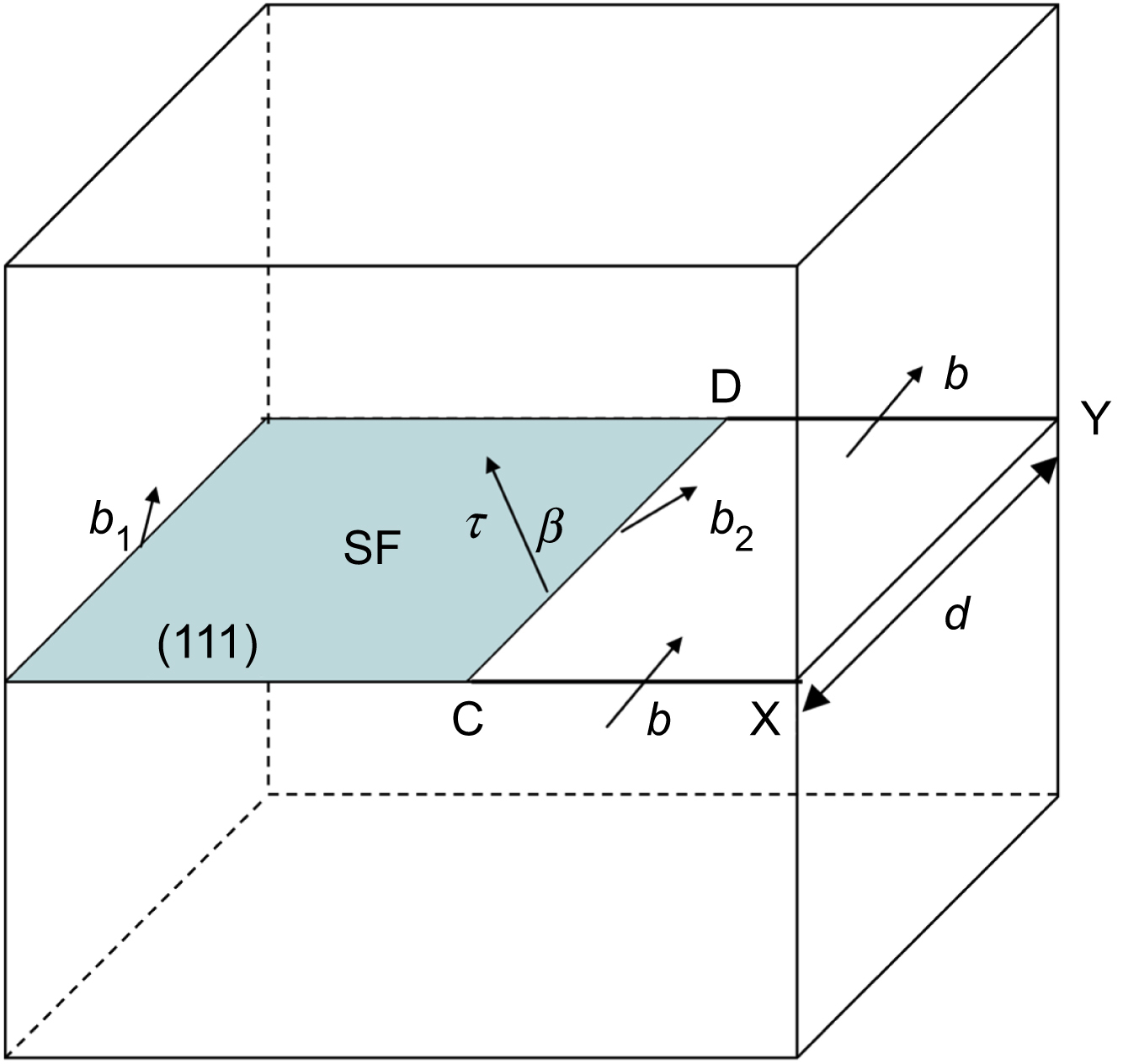
 (7.1)
(7.1) (7.2)
(7.2) (7.3)
(7.3) (7.4)
(7.4)![]() (7.5)
(7.5)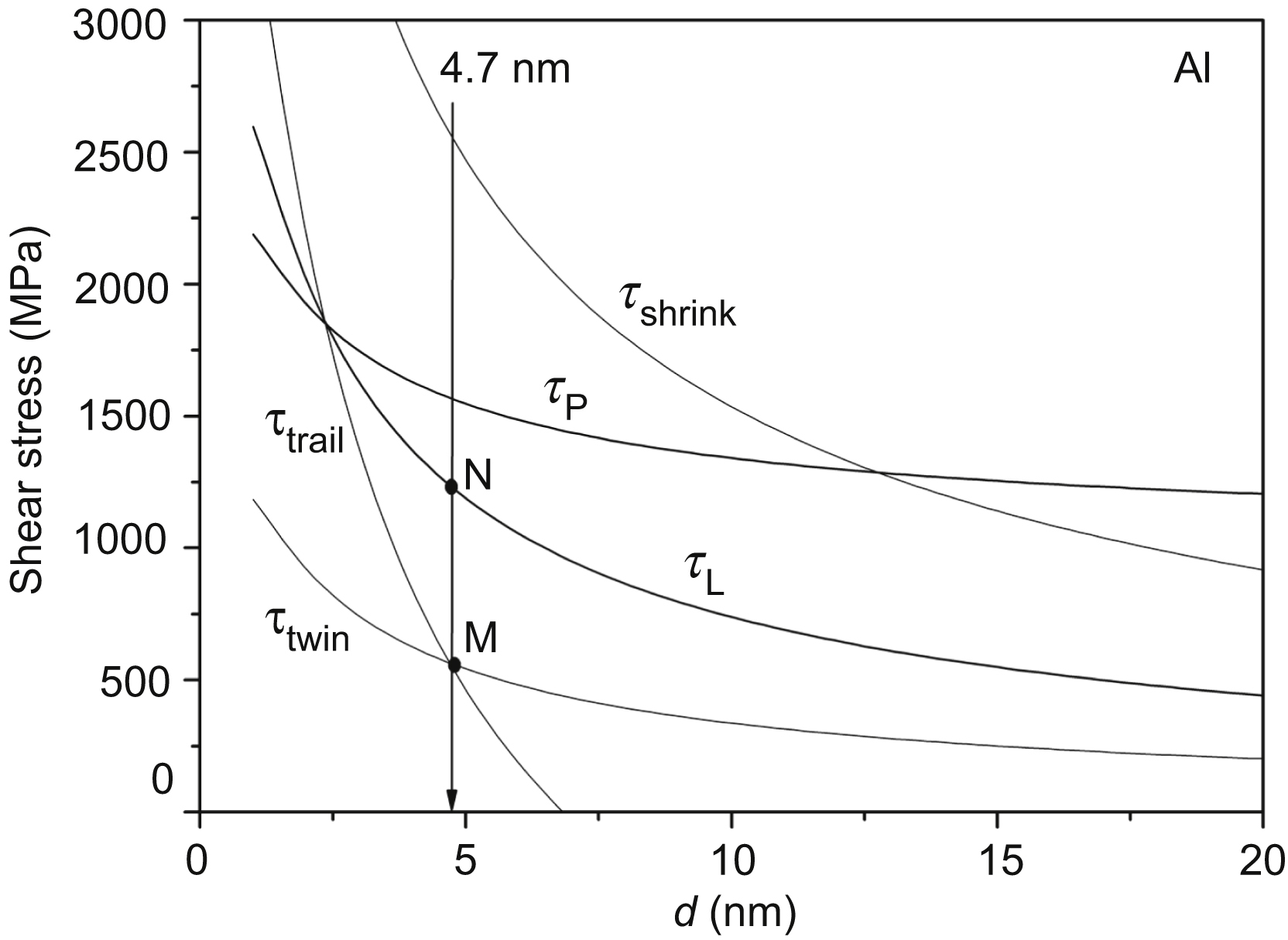


![]() (7.6)
(7.6)![]() (7.7)
(7.7)
![]() (7.8)
(7.8)![]() (7.9)
(7.9)
![]() (7.10)
(7.10)
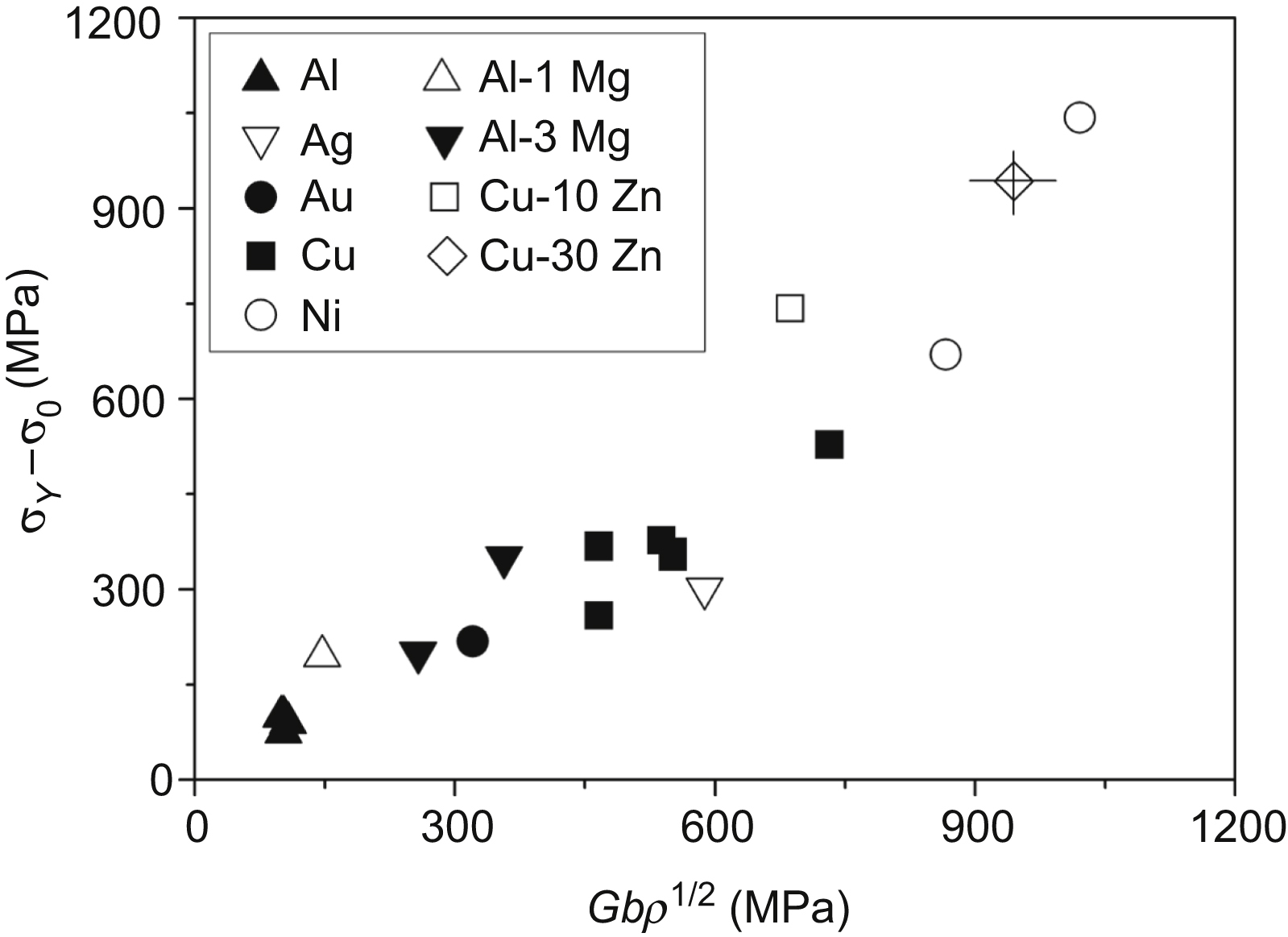
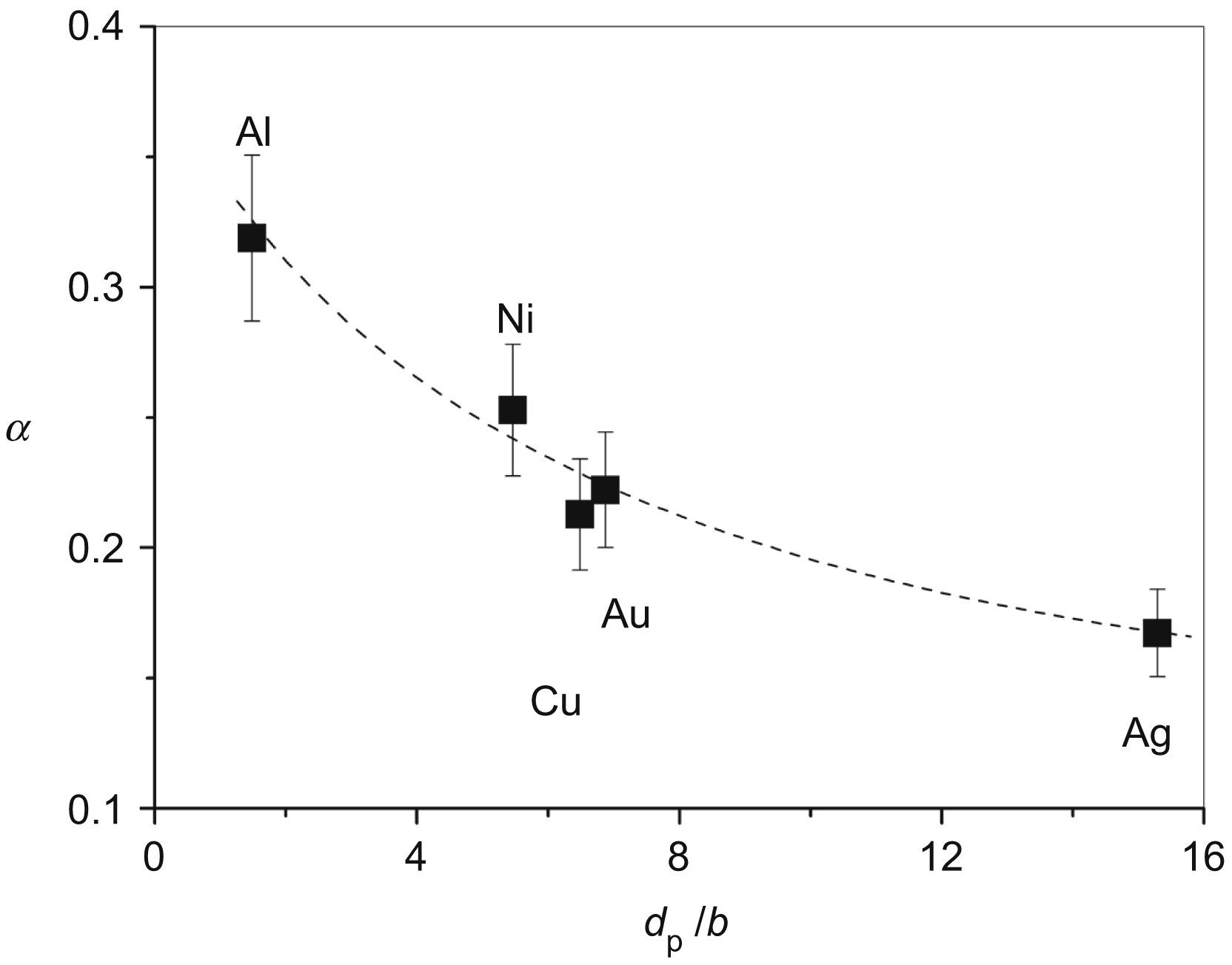
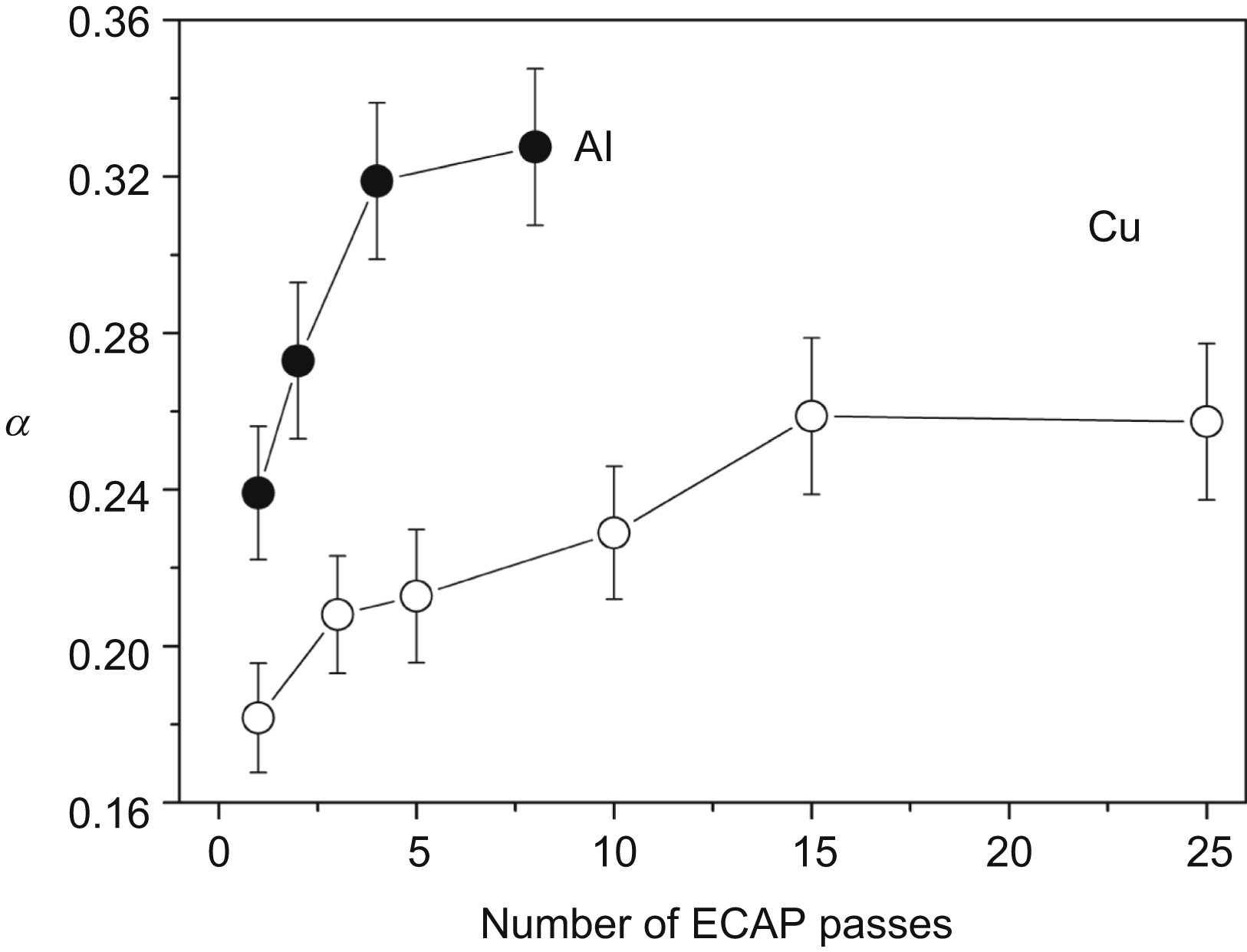
![]() (7.11)
(7.11)![]() (7.12a)
(7.12a)![]() (7.12b)
(7.12b)![]() (7.12c)
(7.12c)![]() (7.13)
(7.13)

![]() (7.14)
(7.14)![]() (7.15)
(7.15)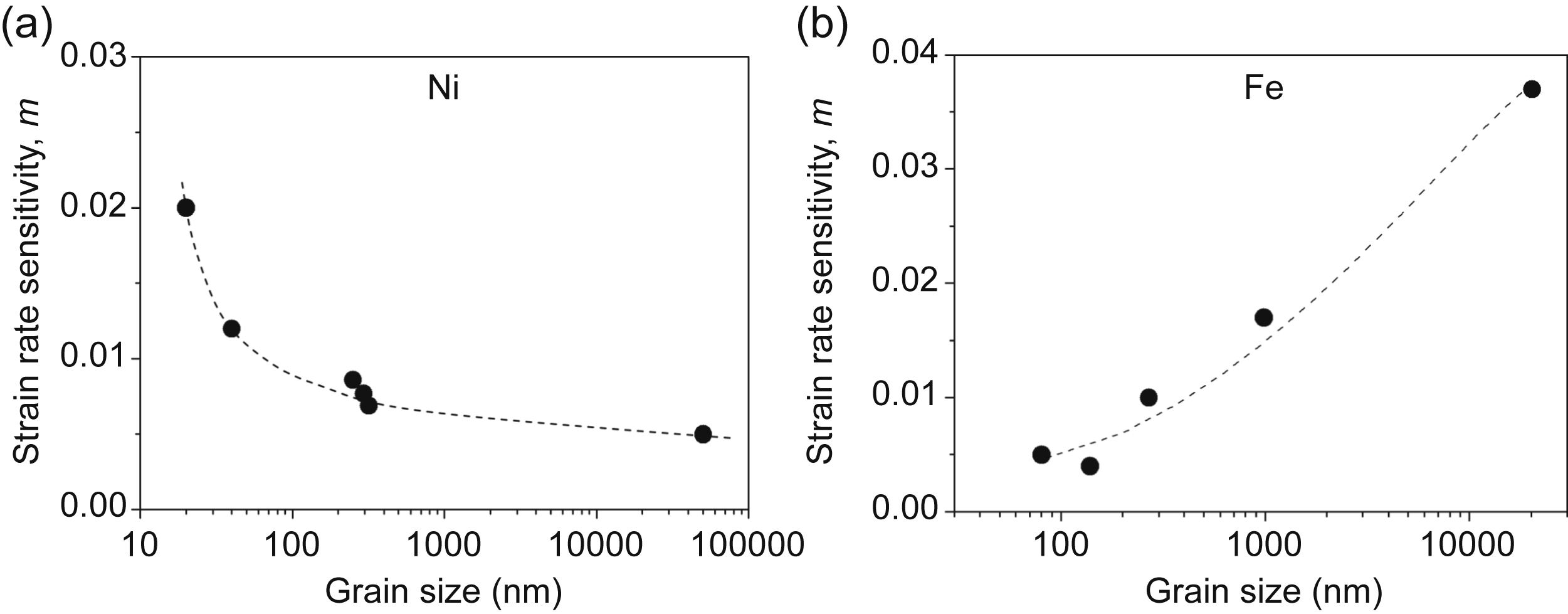
![]() (7.16)
(7.16)





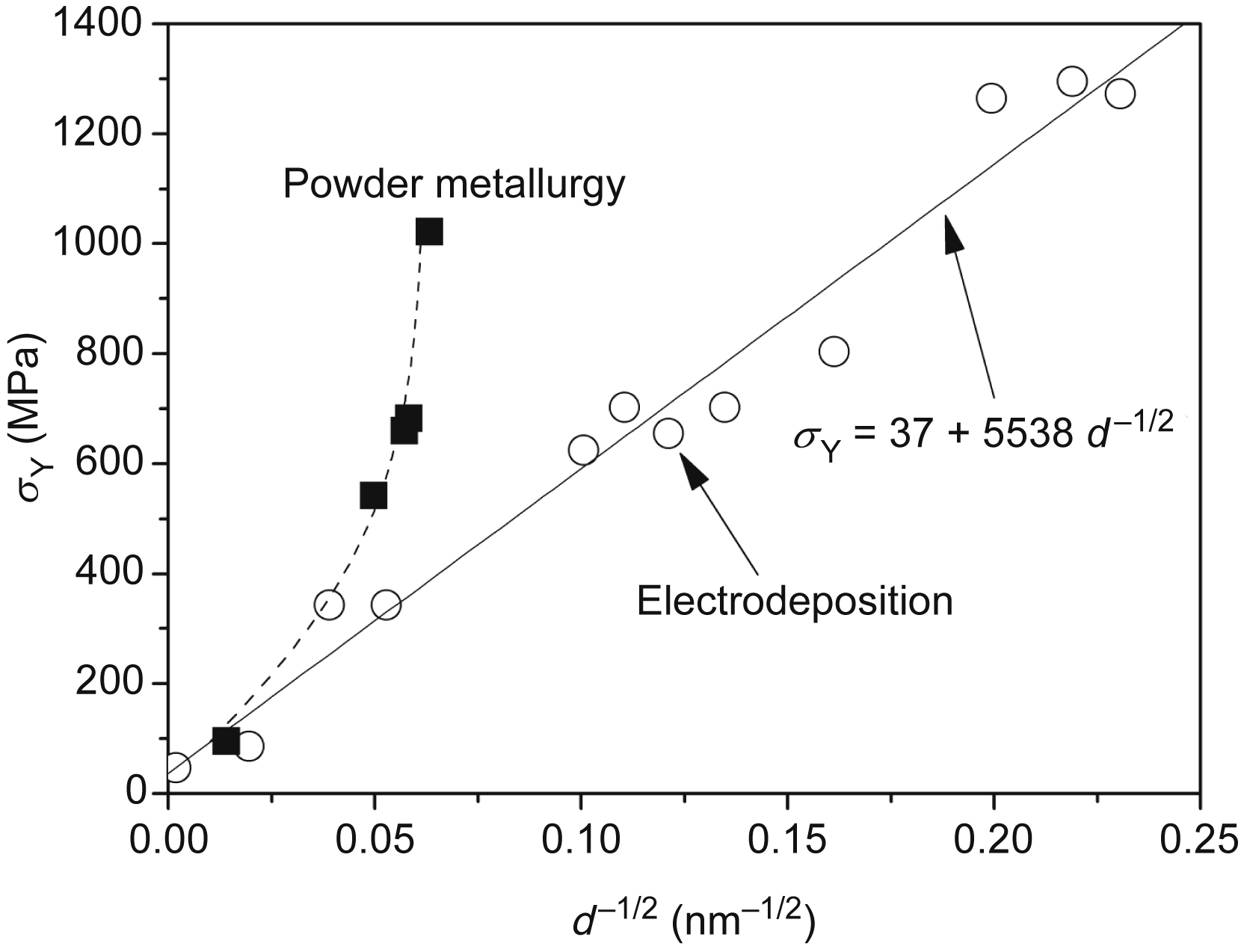

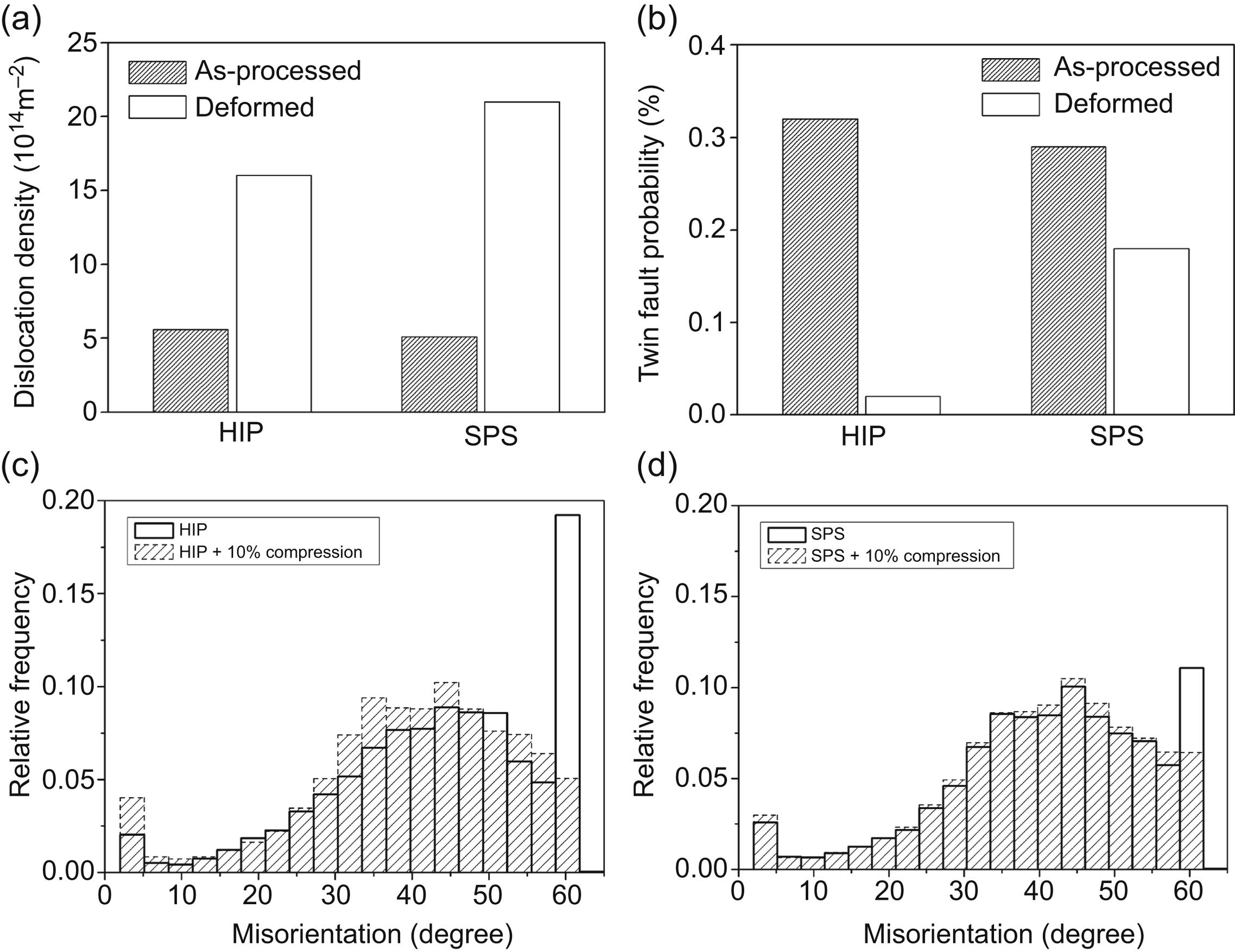





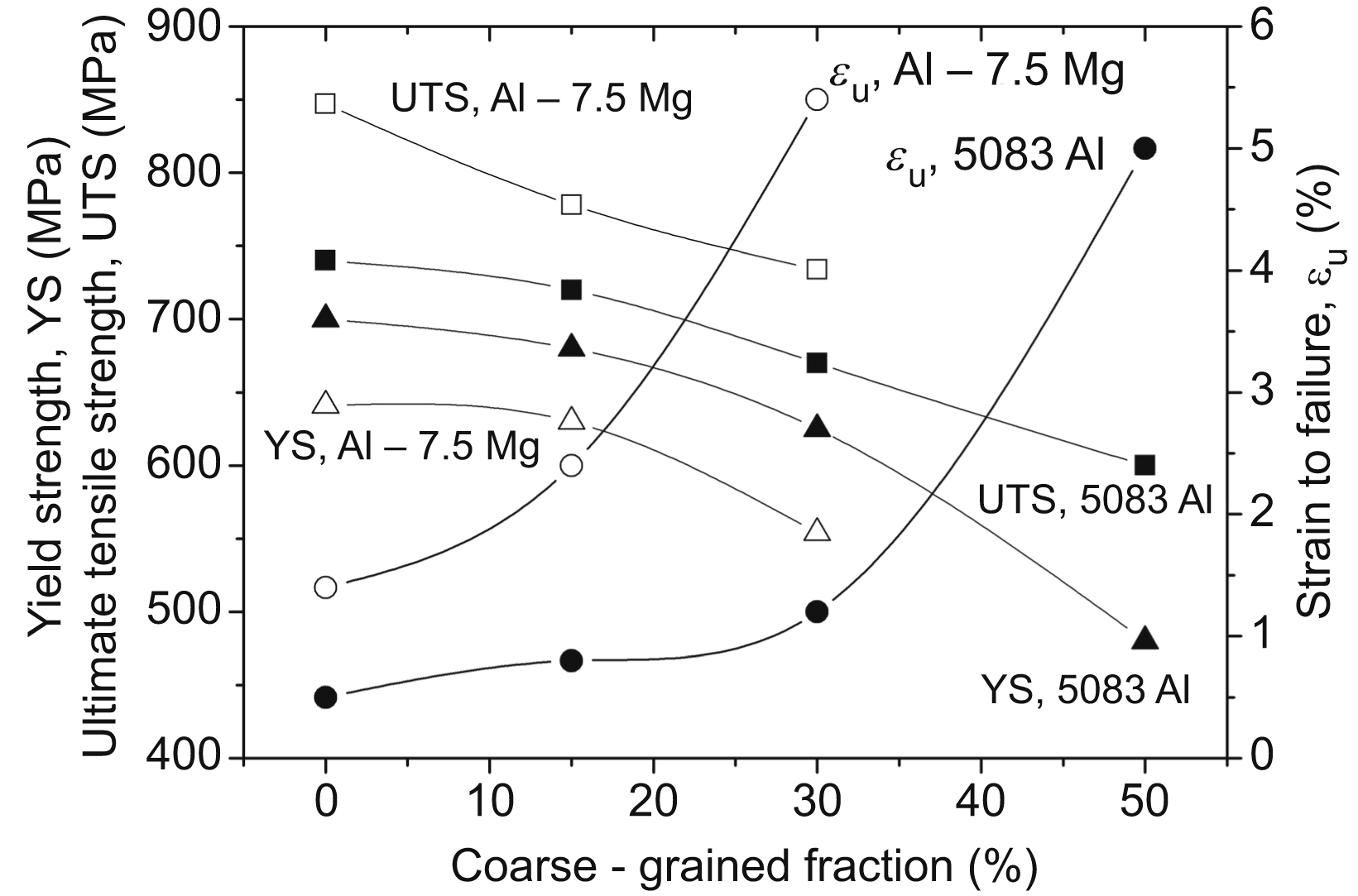

![]() (7.17)
(7.17)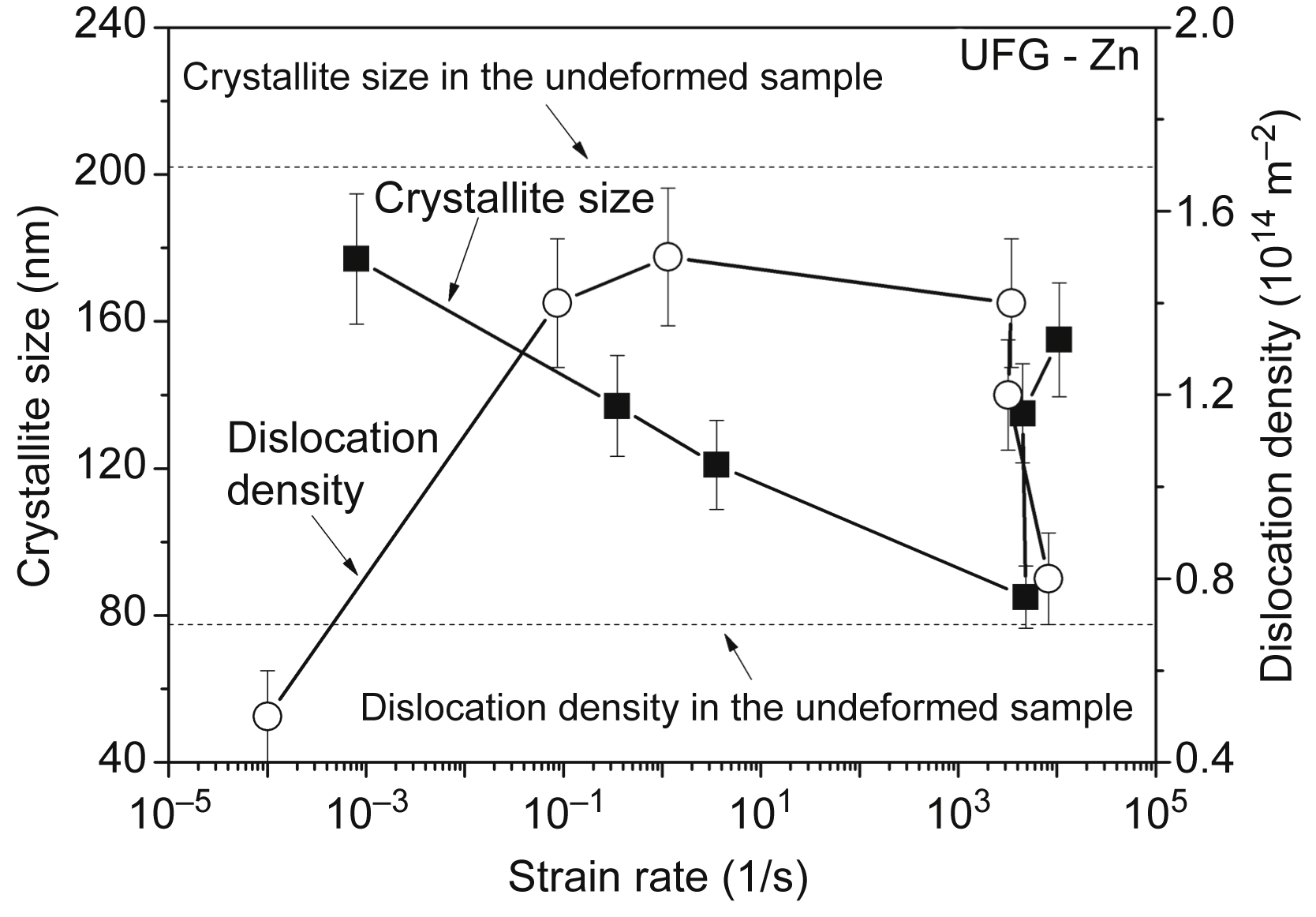
![]() (7.18)
(7.18)![]() (7.19)
(7.19)![]() (7.20)
(7.20)![]() (7.21)
(7.21)
